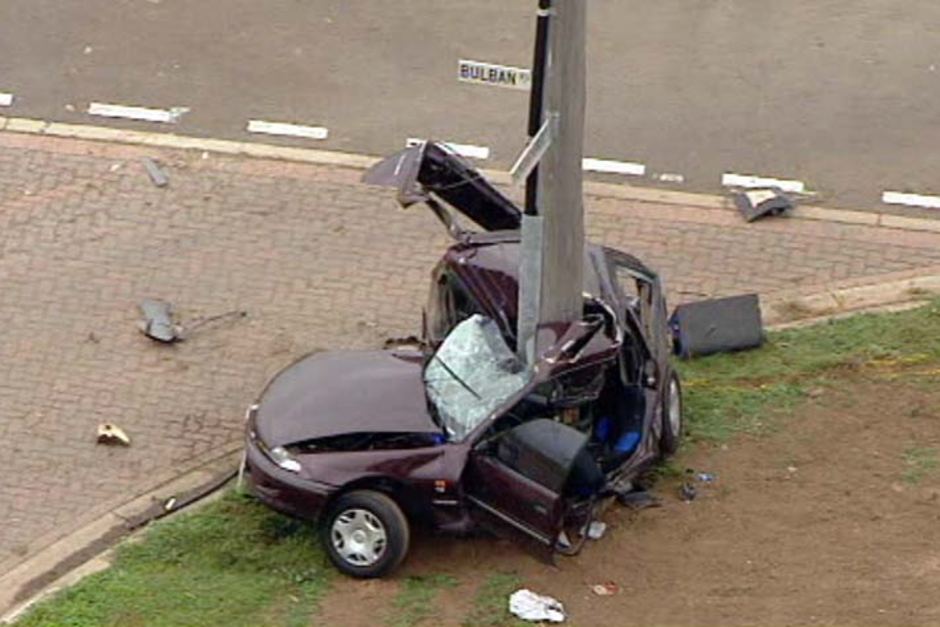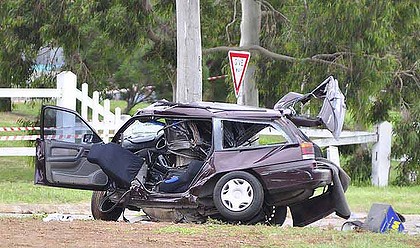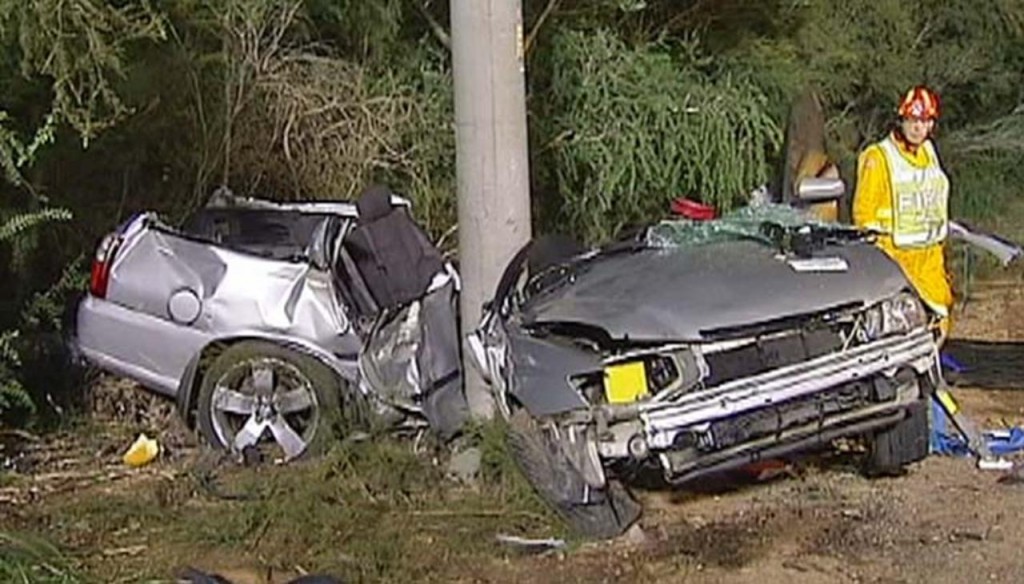Kinetic energy – when a vehicle stops suddenly, the energy has to go somewhere
Posted by: Gary Ernest Davis on: March 26, 2011
It’s an intuitive feeling that when we are driving a car, doubling our speed doubles our danger.
Sadly, this intuition is not correct.
Doubling our speed quadruples our danger.
The momentum of a car is the product of its weight (mass) and its speed
(strictly speaking, the product of its mass and velocity).
Momentum doubles if the speed of a car doubles.
However, the kinetic energy – called the “living energy” by Leibniz – or the energy of motion, is .
That speed squared term in the kinetic energy means that if the speed increases from to
– doubles in other words – the kinetic energy goes from
to
.
That is, doubling a car’s speed leads to a quadrupling of its kinetic energy.
Because energy is conserved, if a car stops suddenly the kinetic energy – the energy of motion – has to go somewhere.
A lot of that energy will be transferred to energy of motion of the passengers – usually throwing them from the car and killing or seriously injuring them.
That square term in kinetic energy is one strong reason why speed can kill.




Leave a Reply